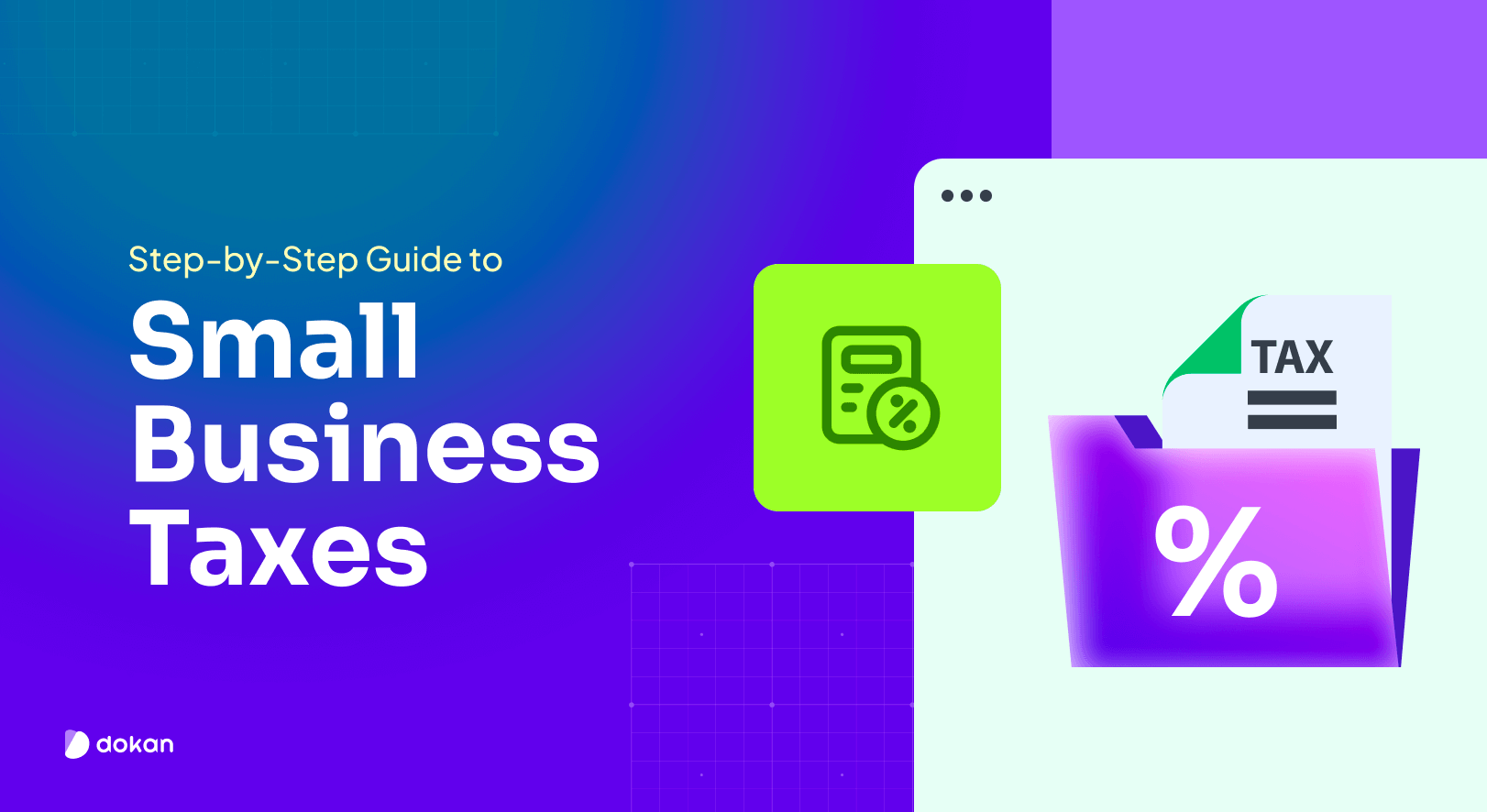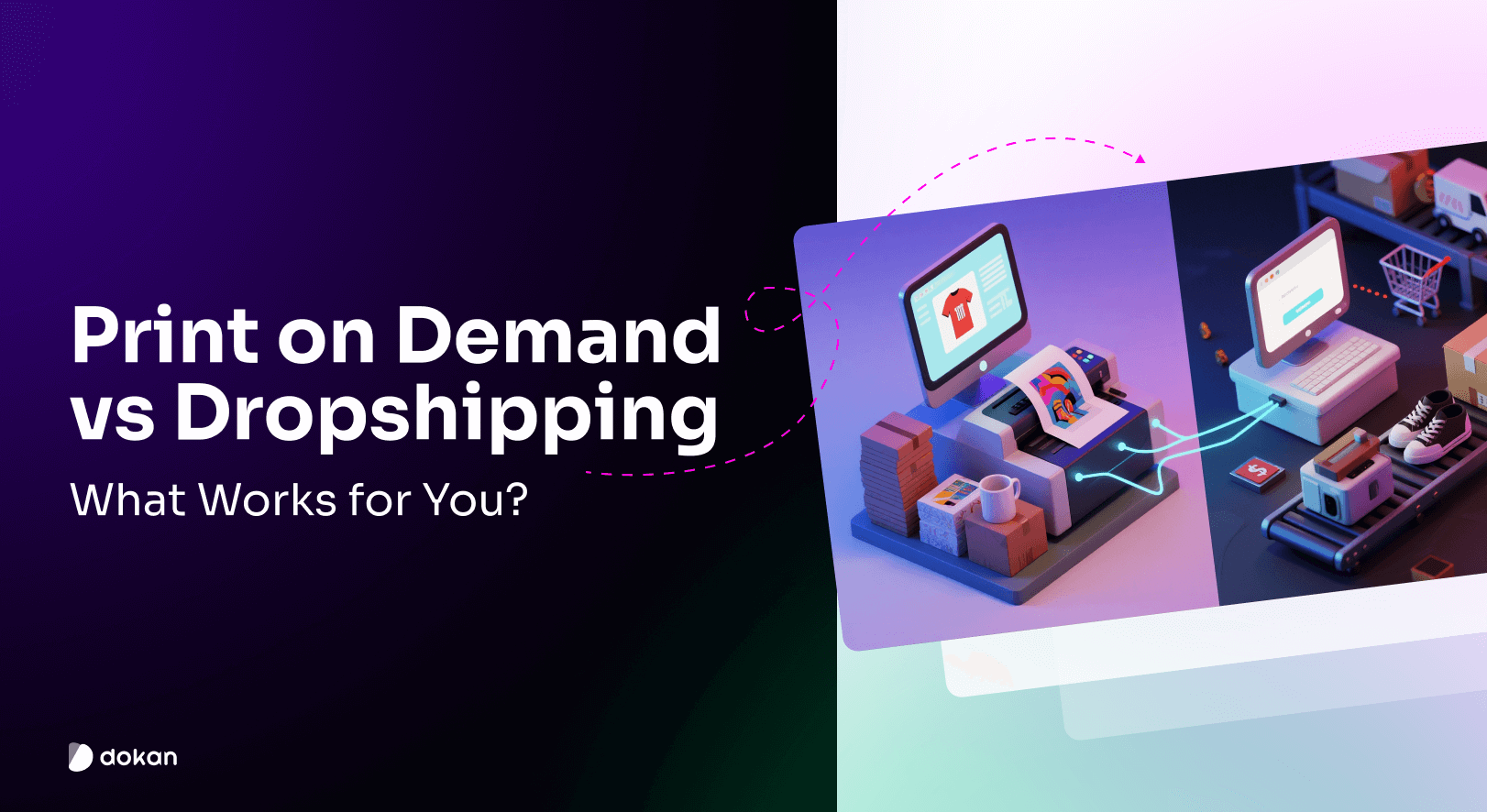Making money on social media sounds exciting, but for many, it feels confusing and out of reach. Questions like ‘Do I need a huge following?‘ or ‘Where do I even start?‘ can make the process overwhelming.
The truth is, you don’t need millions of followers or advanced skills to get started. What matters most is understanding your audience and choosing the right strategies that work for you.
In this guide, we’ll break it all down into simple steps. We’ll share how to make money on social media in 5 simple steps and finally turn your time online into real income. So, without any further ado, let’s get started!
Why Social Media is a Powerful Tool for Earning Money
Social media isn’t just for sharing memes or vacation photos anymore, it’s a global marketplace where creativity, strategy, and hustle can turn into real income.
Here’s why platforms like Instagram, TikTok, YouTube, and LinkedIn have become goldmines for earning money:
- Billions of Users: Platforms like Facebook (3 billion+ users) and Instagram (2.4 billion+) instantly connect you to a global audience.
- Low Barriers to Entry: You don’t need a fancy degree or startup capital – just a smartphone, an internet connection, and a unique idea.
- Democratized Opportunities: Anyone from stay-at-home parents to college students can build an audience and monetize their skills.
- Diverse Monetization Avenues: Earn from ads, sponsorships, affiliate links, product sales, subscriptions, and even viral content licensing.
- Data-Driven Growth: Free analytics tools (e.g., Instagram Insights, YouTube Studio) show you what’s working, so you can refine your strategy and maximize earnings.
Social media removes geographic, financial, and logistical barriers that once limited earning potential. The best part? You don’t need millions of followers to start – just a clear plan and the willingness to learn.
How to Make Money on Social Media – 5 Steps for Beginners

Making money on social media needs strategic and consistent hard work. If you think you will open an account and start earning money out of it, it’s not gonna happen.
To guide you in this journey, in this segment, we are going to share a list of steps that you should follow to make money on social media.
First, let’s check the list:
- Step 01: Choose Your Niche and Platform
- Step 02: Build a Strong Personal Brand
- Step 03: Choose a Social Media Monetization Strategy
- Step 04: Choose a Tool to Grow and Manage Your Presence
- Step 05: Avoid Common Mistakes
Now let us describe each point in detail so that you can understand what you should do to make money on social media as a beginner!
Step 01: Choose Your Niche and Platform
Your niche is where your passion meets market demand. It’s the sweet spot that keeps you motivated while ensuring people are willing to pay for your content, products, or expertise.
To choose a niche, follow these tips:
- List your interests: What could you talk about for hours? (e.g., vegan cooking, coding, sustainable fashion).
- Research demand: Use tools like Google Trends, TikTok hashtags, or Amazon bestsellers to validate interest.
- Check competition: Are others monetizing this niche? If yes, it’s a good sign – but find a unique angle (e.g., “budget-friendly vegan meals” vs. generic vegan content).
Profitable niche examples:
- Fitness (home workouts, mental health).
- Personal finance (side hustles, investing).
- Parenting (toddler activities, eco-friendly baby products).
- Tech (AI tools, gadget reviews).
Avoid: Overly broad niches (e.g., “lifestyle”) or too narrow (e.g., “17th-century pottery”). Aim for specific but scalable.
When choosing a platform, keep in mind that –
- Instagram and TikTok are best for visual storytelling, trends, and viral content.
- YouTube is best for long-form videos, tutorials, reviews, or storytelling.
- LinkedIn is best for B2B services, career advice, or industry thought leadership.
- Pinterest is best for DIY, recipes, home decor, or wedding planning.
- Twitter/X is best for building thought leadership, hot takes, or niche communities.
- Facebook is best for local businesses, community-driven niches, or older demographics.
Step 02: Build a Strong Personal Brand

Your brand is how audiences recognize, trust, and remember you. It combines your unique voice, visuals, and values to turn followers into loyal customers.
Here’s how to craft one that stands out:
a) Lock Down Consistency
Consistency builds recognition. When your username, bio, and visuals align across platforms, people instantly associate your content with your brand.
- Username & Bio: Use the same handle everywhere (e.g., @BudgetBites on Instagram, TikTok, and YouTube).
- Write a clear bio template: “I help [audience] achieve [result]” (e.g., “I help busy students cook quick meals | 10-minute recipes”.
b) Create Value-Driven Content
Focus on content that solves problems, educates, or entertains. This keeps your audience engaged and eager for more.
- Problem-Solving: Share tips like “3 apps to track your spending effortlessly.”
- Educational: Break down complex topics (e.g., “How to start investing with $100”).
- Entertaining: Use humor or storytelling (e.g., “When my dog photobombs my Zoom calls”).
Rule of Thumb: Balance 80% free value (tips, stories) with 20% promotions (products, affiliate links).
c) Engage Authentically
Building relationships is key. People support creators they feel connected to.
- Reply Daily: Respond to comments with more than “Thanks!” (e.g., “Love this idea! I’ll DM you the template.”).
- Host Interaction: Run polls (“Should I launch a course or eBook?”) or weekly Q&A sessions.
- Celebrate Followers: Repost user content (e.g., “Shoutout to @Sarah for using our recipe!”).
Start with one platform. Master your brand voice there first, then expand. Even big creators like Marie Forleo began with a single blog!
Step 03: Choose a Social Media Monetization Strategy

Turning your social media presence into income requires strategy. In this segment, we will show you how to monetize social media. Choose what aligns best with your brand and audience:
a) Content Creation & Sponsorships
Partner with brands to promote their products or services in exchange for payment. Brands look for creators with engaged audiences, even if follower counts are small.
How it works:
- Post sponsored content (e.g., Instagram Reels, TikTok reviews).
- Charge based on follower count, engagement rate, or deliverables.
Tools to start:
- Join influencer platforms like AspireIQ, Upfluence, or paid.
Example: A micro-influencer (10k followers) charges $200/post to showcase eco-friendly skincare.
b) Affiliate Marketing
Affiliate marketing is another proven way to make money on social media. Earn commissions by promoting products you love. Share unique referral links, and get paid when followers make purchases.
How it works:
- Sign up for affiliate programs (Amazon Associates, ShareASale, Rakuten).
- Disclose partnerships using ads or affiliates (FTC requirement).
Pro Tip: Promote products you genuinely use (e.g., “My favorite budget camera gear”).
c) Sell Your Own Products/Services
Leverage your expertise to sell digital or physical goods, or offer freelance services.
- Digital Products: eBooks, courses, presets (e.g., “Instagram Growth Masterclass”).
- Physical Products: Dropshipping, merch, or print-on-demand (Shopify, Printful).
- Services: Coaching, consulting, or freelance work (e.g., $150/hour social media audits).
d) Ad Revenue
Earn a passive income from ads placed on your content. Best for platforms like YouTube and Facebook.
- YouTube: Join the YouTube Partner Program (requires 1k+ subs, 4k+ watch hours). Earn $3-$10 per 1k views, depending on niche.
- Facebook/Instagram: Enable in-stream ads for videos (requires 10k+ followers).
e) User-Generated Content (UGC)
Create authentic, unpaid-looking ads for brands. Ideal for creators with small but engaged audiences.
How it works:
- Brands pay for photos/videos of you using their product.
- Post content on your feed or send it directly to the brand.
Example: A mommy blogger earns $100/post, filming “day-in-the-life” videos with a stroller brand.
You don’t need millions of followers to monetize. Start with one strategy, test it, and scale as you learn what resonates with your audience.
Step 04: Choose a Tool to Grow and Manage Your Presence

The right tools save time, streamline workflows, and help you scale your social media strategy. Here’s how to pick tools that align with your goals and budget:
a) Content Creation Tools
Professional-looking content grabs attention. Use these tools to create eye-catching posts without hiring a designer.
- Canva: Design Instagram posts, Reels thumbnails, and Pinterest pins with drag-and-drop templates.
- CapCut: Edit TikTok/YouTube videos (add transitions, text, and music) for free.
- Adobe Express: Level up graphics with advanced templates and branding kits.
- Grammarly: Polish captions and blog posts for error-free writing.
Pro Tip: Repurpose one piece of content across platforms (e.g., turn a YouTube video into Reels, carousels, and Tweets).
b) Scheduling Tools
Consistency is key. Schedule posts in advance to maintain momentum, even on busy days.
- Later: Visually plan Instagram grids and schedule Reels.
- Buffer: Post to multiple platforms (Facebook, Twitter, LinkedIn) from one dashboard.
- Hootsuite: Manage all accounts, monitor comments, and track trends in one place.
Free Option: Use Meta Business Suite for scheduling Facebook and Instagram posts.
c) Analytics Tools
Data-driven decisions = faster growth. Track what works and refine your strategy.
- Instagram Insights: See top-performing posts, follower demographics, and peak engagement times.
- YouTube Studio: Analyze watch time, audience retention, and traffic sources.
- Google Analytics: Track website clicks from social media (ideal for bloggers and eCommerce).
Pro Tip: Focus on metrics that align with your goals (e.g., engagement rate for sponsorships, click-throughs for affiliate sales).
d) Monetization Tools
Simplify selling and earning directly from your social profiles.
- Linktree: Share multiple links (e.g., blog, store, Patreon) in your bio.
- Stan Store: Sell digital products, memberships, and services via a customizable link.
- Koji: Create mini-apps for quizzes, paid challenges, or tip jars.
Example: A fitness coach uses Stan Store to sell workout plans and book 1:1 coaching calls.
Tools are force multipliers. Invest in ones that save you time, enhance creativity, and help you focus on what matters – building relationships and growing your income!
Step 05: Avoid Common Mistakes

Even the most talented creators stumble when growing their social media income. Here’s how to sidestep the most frequent mistakes and stay on track:
a) Inconsistent Posting
The Problem: Posting sporadically confuses algorithms and frustrates followers. Consistency builds trust and visibility.
The Fix:
- Use a content calendar (free tools: Google Sheets, Trello) to plan weekly themes like TipTuesday or StorytimeSunday.
- Batch-create content (e.g., film 5 Reels in one afternoon).
- Repurpose top-performing posts across platforms.
Pro Tip: Quality > quantity. Three polished posts/week beat seven rushed ones.
b) Ignoring Analytics
The Problem: Guessing what works wastes time. Data reveals what your audience actually wants.
The Fix:
- Check platform analytics weekly (e.g., Instagram Insights, YouTube Studio).
- Double down on top-performing content (e.g., if “budget hacks” go viral, create a series).
- A/B test captions, posting times, and formats.
Example: A food blogger noticed “15-minute dinner” videos had 3x more saves than recipe photos – so she pivoted to video.
c) Over-Promoting
The Problem: Flooding feeds with sales pitches drive followers away.
The Fix:
- Follow the 80/20 rule: 80% value (tips, humor, education), 20% promotions.
- Soft-sell with storytelling (e.g., “How this planner helped me organize my chaotic life…” vs. “Buy my planner!”).
Pro Tip: Use affiliate links subtly (e.g., “My favorite tools” in bio).
d) Neglecting Engagement
The Problem: Treating social media as a one-way broadcast kills the community.
The Fix:
- Reply to comments/DMs within 24 hours (even a ❤️ or 😊 counts).
- Host weekly Q&As, polls, or “ask me anything” sessions.
- Feature user-generated content (e.g., repost a follower’s photo using your product).
Mistakes are part of the journey – what matters is how you adapt. Track your progress, stay authentic, and focus on serving your audience first. The money will follow!

How Many Followers Do You Need to Make Money on Social Media?
The number of followers you need to start earning depends on your niche, platform, and content quality. It’s a common myth that you need millions of followers to make money. Even with a smaller audience, you can still monetize if your followers are loyal and engaged.
For example, micro-influencers (those with 1,000–50,000 followers) often work with brands. Companies value these influencers because their audiences trust them more and interact actively.
So, even a few thousand followers can open up earning opportunities if your content resonates with the right people.
Some platforms have specific follower requirements to unlock features like ads or monetization tools. Here are a few examples:
- YouTube: You need 1,000 subscribers and 4,000 watch hours in the last 12 months to join the YouTube Partner Program.
- TikTok: To earn from the TikTok Creator Fund, you need at least 10,000 followers and 100,000 video views in the last 30 days.
- Instagram: While there’s no strict follower requirement, brands typically start working with accounts that have at least 3,000–5,000 followers and good engagement.
The key is to focus on building a real connection with your audience. Brands often prefer smaller influencers who can drive meaningful interactions rather than accounts with large but disengaged followers. It’s about quality, not just quantity!
Conclusion
Making money on social media is easier than ever. You can become an influencer, sell products, or offer services, there are many ways to turn your presence into profit. The best approach depends on your strengths and audience.
Focus on creating valuable content, building trust, and staying consistent. It’s not about having the largest audience but engaging the one you already have.
We have a series of blog posts on making money online, check them to turn your social media into a regular income source:
- How to Make Money on YouTube for Beginners (Step-by-Step)
- How to Make Money on Instagram for Beginners (5 Simple Steps)
Start small, try different methods, and track your results. With time and effort, you can turn your social media into a reliable income source. Choose a strategy, take action, and see the results for yourself!
Subscribe to
Dokan blog
We send weekly newsletters, no spam for sure!






Leave a Reply